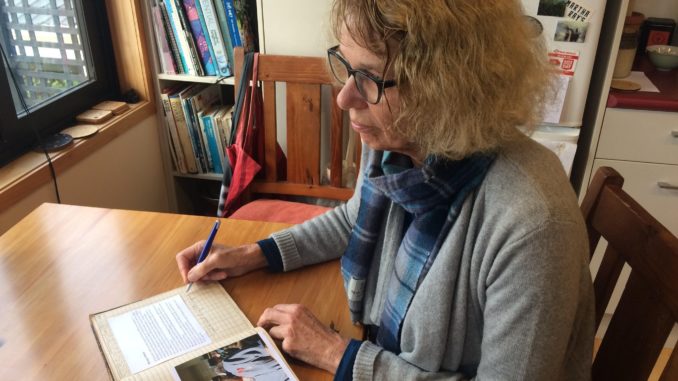
“WANTED” posters conjure up for me scenes of the Wild West: which probably just means I’m old. Nevertheless, it must have been surreal for a group of downed airmen hiding in northern France to see their names posted by the Germans in September 1942.
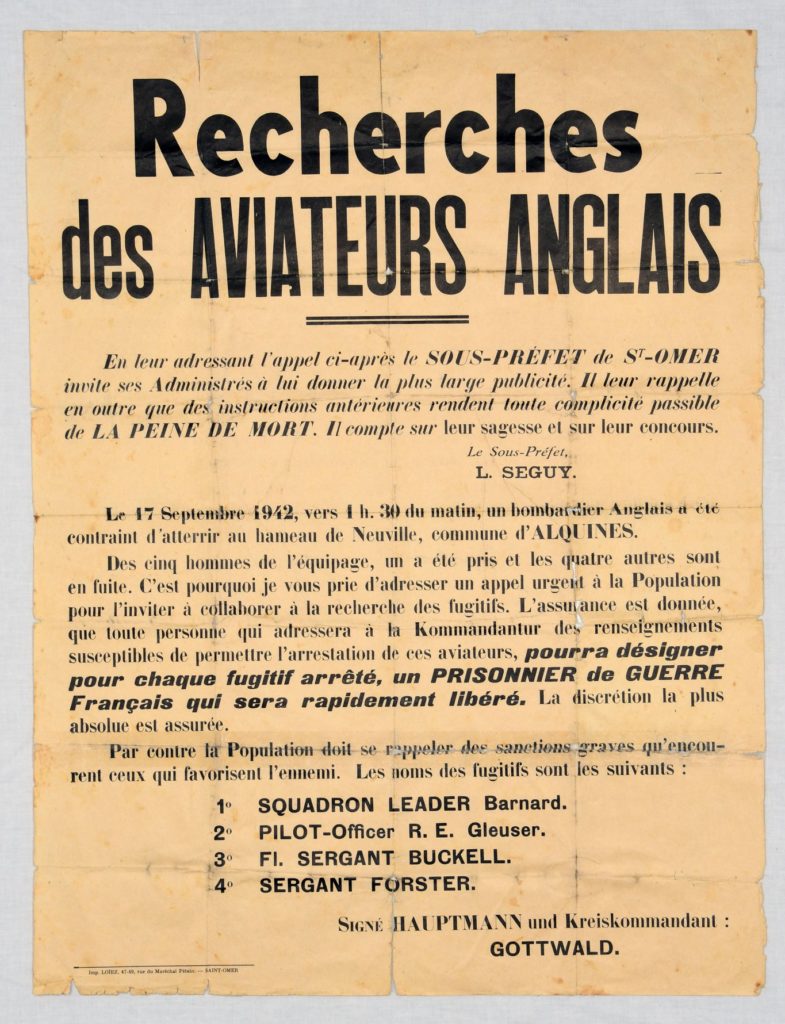
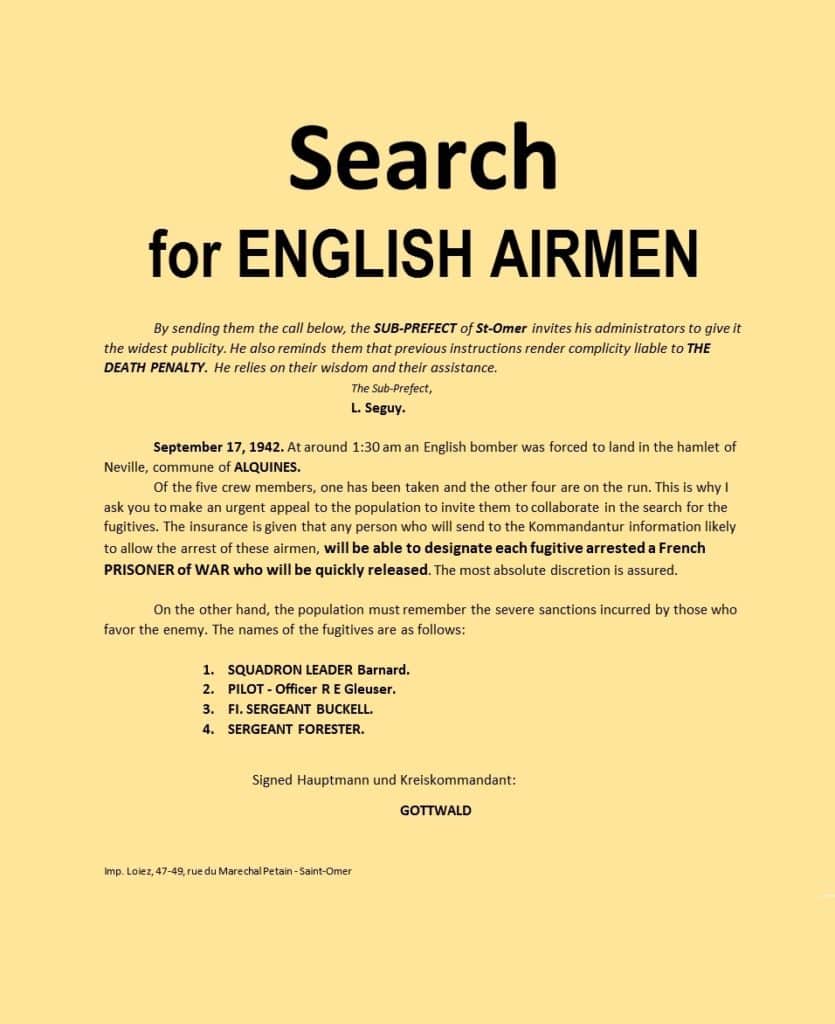
The poster described the fugitives as “English”. Of the 4 names listed however, the second, Officer “Gleuser” (Glensor) was from New Zealand and the first, Squadron Leader Barnard was born in St. Lucia. I was therefore immediately drawn to this story that became more intriguing as my research expanded.
Donald Barnard
Born in Choiseul on 21 October 1918, Donald Barnard left St. Lucia at age 11 for England where he would complete secondary schooling by 1937. Across the channel, Hitler had long dismissed military restrictions set forth by the Treaty of Versailles. With the German war machine aggressively expanding, Barnard commenced training with the RAF on 25 October 1937.
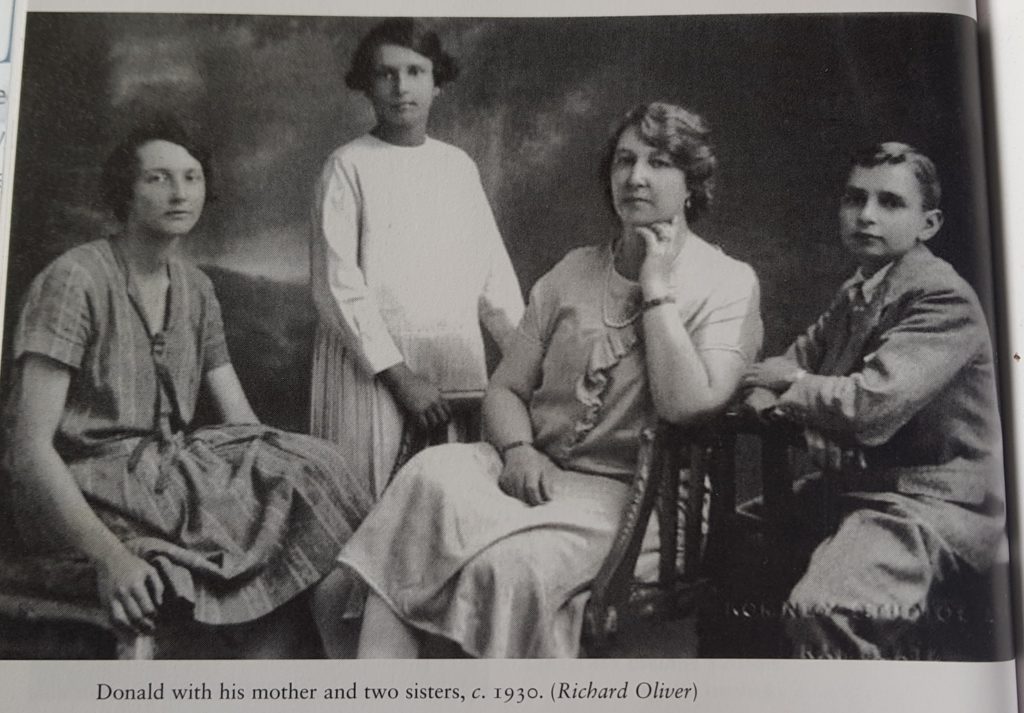
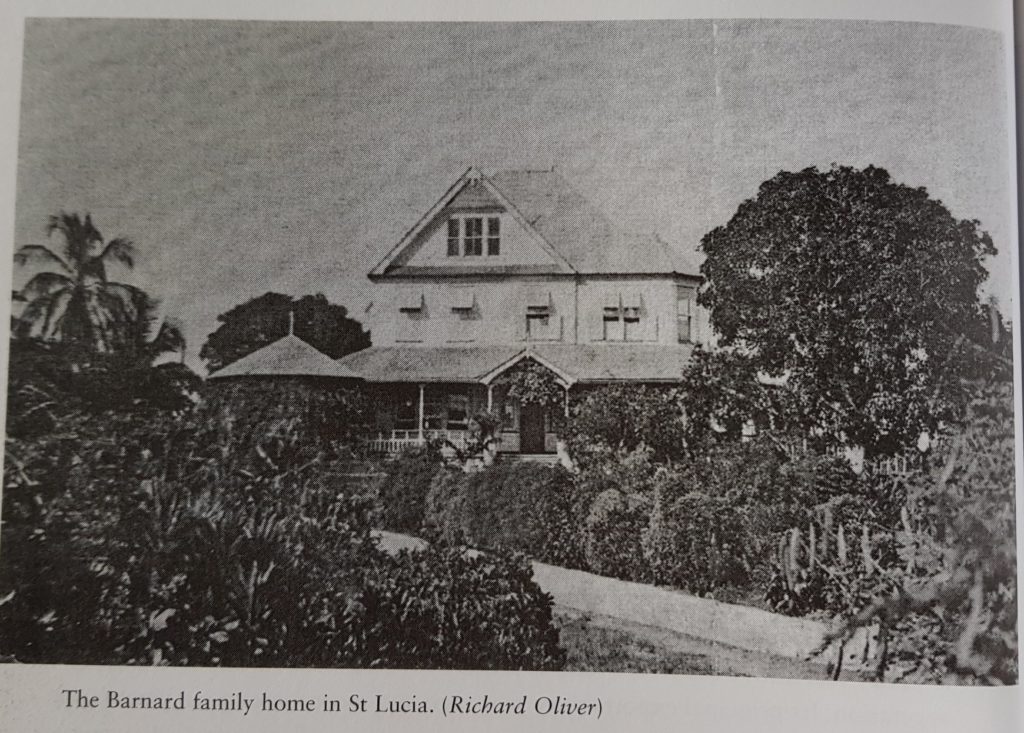
Right: The Barnard family home in St Lucia[2]Source: Page 16 in “Unwanted Hero” by Colin Pateman & Oliver Clutton-Brock
Having 2 precious years’ experience by September 1939, and with Britain woefully short of pilots, Barnard would serve WWII’s first year as a flying instructor until his combat posting to No. IX Squadron at Honington on 14 Aug 1940. His first assignment to bomb Gelsenkirchen in Germany 2 nights later saw him return “safely” but with a slight head wound from a fragment of anti-aircraft shrapnel.
Tour of duty
Life expectancy for aircrew with Bomber Command during WWII was frightfully low. Of the 120,000 who served, 55,573 were killed and only 10% of those flying at the start of WWII survived. The loss rate is comparable to the slaughter of WWI trenches and surpassed only by Nazi U-Boat casualty rates.
A regular tour of duty was set at 200 hours or between 25 and 30 missions. By 11 January 1941, Barnard completed his first tour of 25 missions and would again serve as an instructor this time with No 20 Operational Training Unit. Such assignments were not safety guarantees as over 8,000 lives were lost in training accidents during the war. Whether through enemy fire, equipment failure or miscalculation, death takes no prisoners.
His second tour of duty commenced on 27 March 1942 at RAF Waltham with 142 Squadron. Having served one tour, Barnard remarkably survived all the way to 16 September 1942 when his life would take another remarkable turn.
Mission to Essen
On that evening, along with navigator Raymond Glensor, Wireless operator Albert Buckell, front gunner Ralph Forster and rear gunner, Howard James, Barnard’s Wellington joined 368 aircraft on a bombing run to Essen. They dropped their bombs amidst particularly heavy flack concentration and turned to head for home. The route back took them near Cologne such that an allied plane in front was trapped in a cone of searchlights and shot out of the sky in a burning heap; a fate Barnard said would otherwise have been theirs were they ahead.
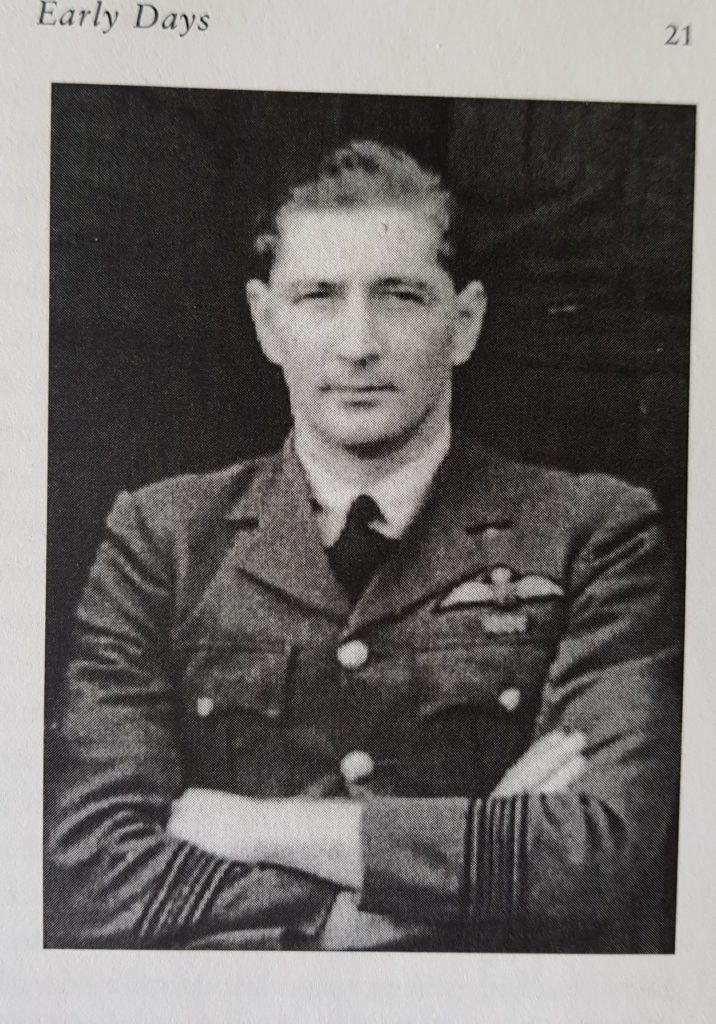
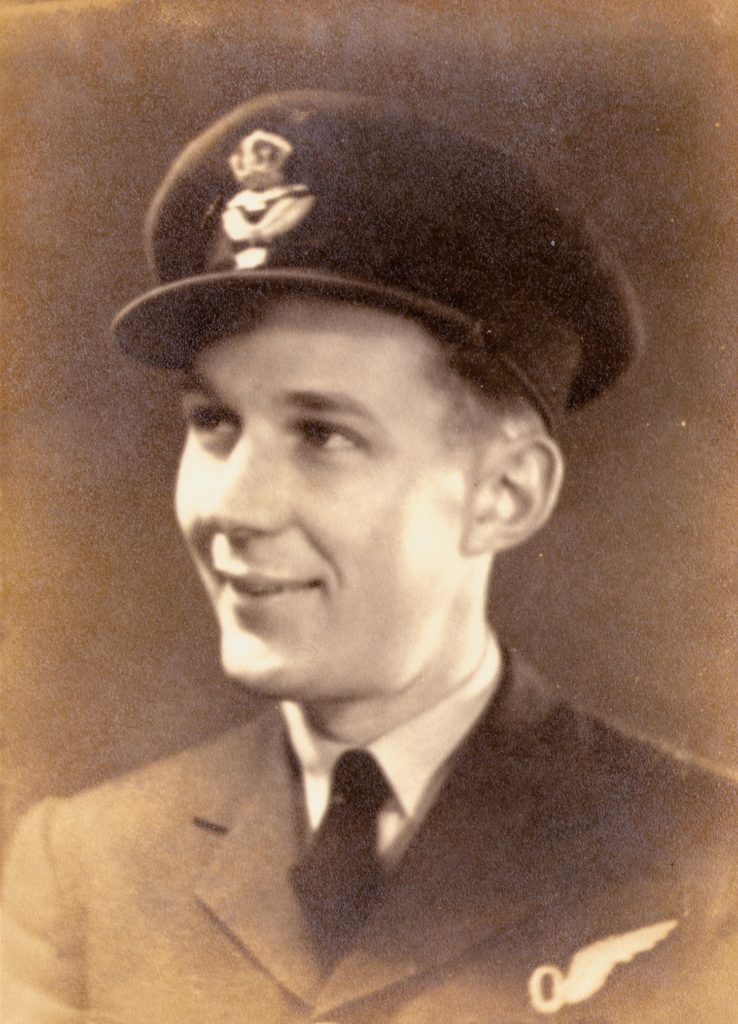
Crash landing
The skies were clear further from Cologne and there appeared to be little to prevent them reaching safely back to England. Suddenly the rear gunner reported an attacking night fighter and Barnard immediately sent his plane into a steep evasive dive. The Wellington was lethally struck however and, rapidly losing altitude, Barnard instructed his crew to bail out. As the last aboard, Barnard attempted to level out before jumping and impulsively decided to try to remain aloft. Had he been anywhere else, this decision would have resulted in certain death aboard the failing aircraft.
Miraculously however, a huge field opened ahead and Barnard managed to touch down in a sliding, noiseless, fire-free stop just 40 KM south of the English Channel, near the town of St. Omer.
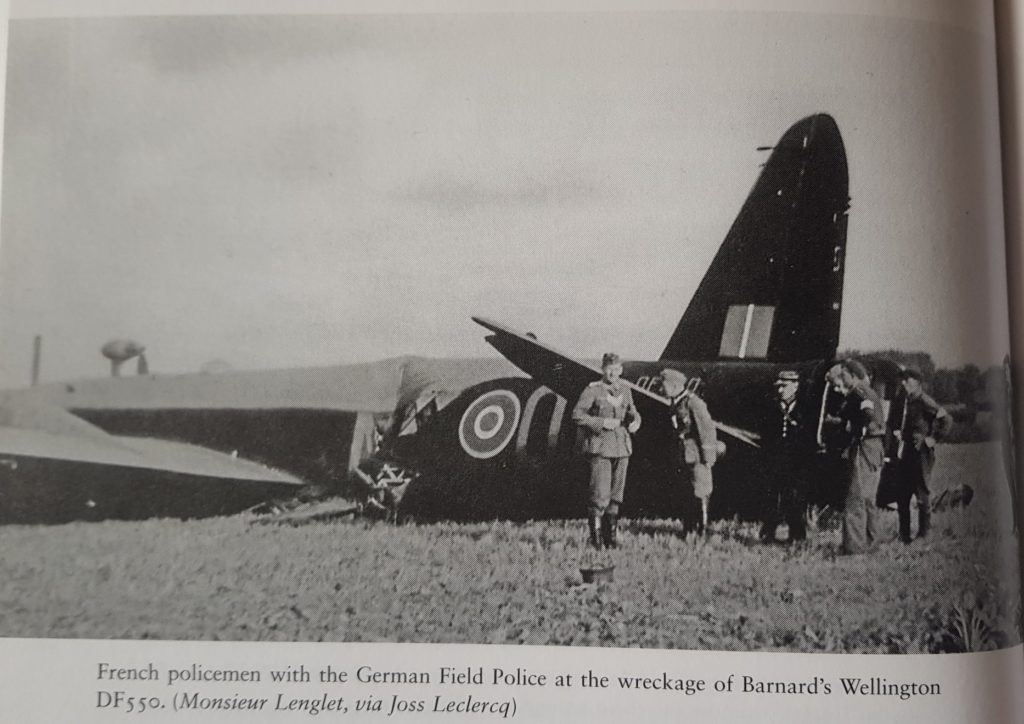
Escape and evasion
Barnard spent the night in a nearby wooded area receiving assistance from a nervous French farmer the next morning. He spent the second night in a barn belonging to another Frenchman but the next day found himself pursued by a German search party. Incredibly, Barnard avoided 25 soldiers “armed to the teeth” with Tommy guns, revolvers, and batons, one of whom eventually got to within 4 feet of his hiding spot in a hedgerow. Barnard spent the third night in the same barn and on day 4, was presented with the German poster announcing Barnard and crew as fugitives to the surrounding French countryside. With the assistance of more locals, Barnard moved on and by 20 September arrived at a renowned underground safe-house belonging to Norbert Fillerin.
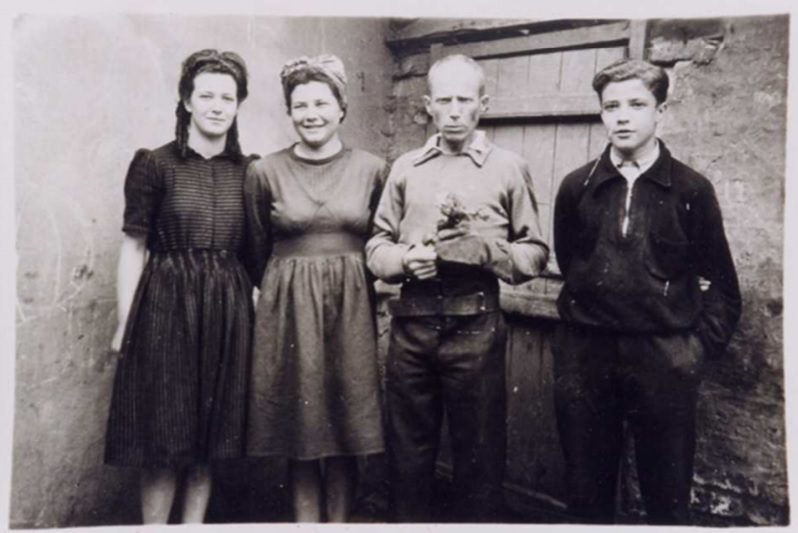
As part of an escape route called Pat O’Leary line (PAT/PAO), Norbert, his wife Marguerite and their three children Monique, Geneviève and Gabriel provided safe passage to many downed airmen during the war. Although they would all survive the war, Norbert was subsequently arrested and horribly tortured by the Gestapo. Marguerite continued in her husband’s absence until she too was arrested and sentenced to death. With their parents captured, Geneviève and Monique continued to shelter fugitive airmen. We will hear more of Monique later in this post.
Raymond Glensor
Three nights earlier, as their crippled plane fell to earth, navigator, Raymond Glensor had been the first to jump following Captain Barnard’s order to bail out. Glensor recalled his initial free fall as being “a pleasant sensation”. He was jarred back to reality when his knee became wrapped in the parachute shrouds injuring his leg and back upon landing. Having been similarly assisted by French farmers, Glensor was already at the Fillerin house when Barnard arrived. Theirs was a happy reunion joined 3 days later by front gunner Forster. The other two crew members, Buckell and James, were picked up by the Germans and spent the war’s duration as POWs.
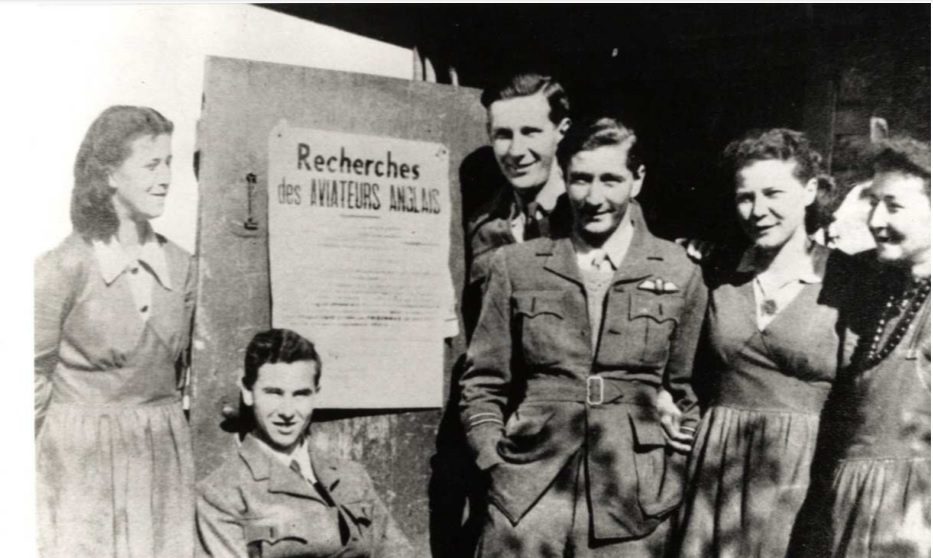
For Barnard, Glensor and Forster, the next 3 months would be a series of cat and mouse capers with forged identity papers, traveling by “truck, car, bus, tram, bicycle and tube” as they journeyed south through France and then on foot into Spain and eventually by bus to Gibraltar. Barnard and Glensor finally arrived in the UK on 27 January 1943 aboard the slowest ship in a 14 vessel convoy under constant threat of German U Boat attack.
Continued service
Typical of his generation, Glensor elected to retrain as a pilot in Canada and returned to active duty flying bombing missions over Germany, finishing the war as a squadron leader. He was awarded a Distinguished Flying Cross with a citation noting “exemplary determination and gallantry.”
Barnard was awarded with the DFC whilst missing in action. Upon return he was posted to test Spitfires, flying in excess of 1,000 individual aircraft. Barnard then moved to the Far East dropping supplies in the treacherous skies of the Burma theater. At war’s end, disapproving of the delay in recovering the emaciated allied POWs, he took an aircraft without authority. 25 prisoners were recovered from Bankok to Rangoon. Ironically, the RAF’s POW airlift commenced the day after Barnard’s humanitarian flight. After a full Court Martial, he was dismissed from the RAF. He flew civilian aircraft after the war in Australia and in Britain, joining No. 2 Civil Anti Aircraft Cooperation Unit in Norfolk, 1953. His 18 year long flying career ended in 1955. Later, retiring to East Sussex, he sadly developed cancer and died in 1997 aged 79.
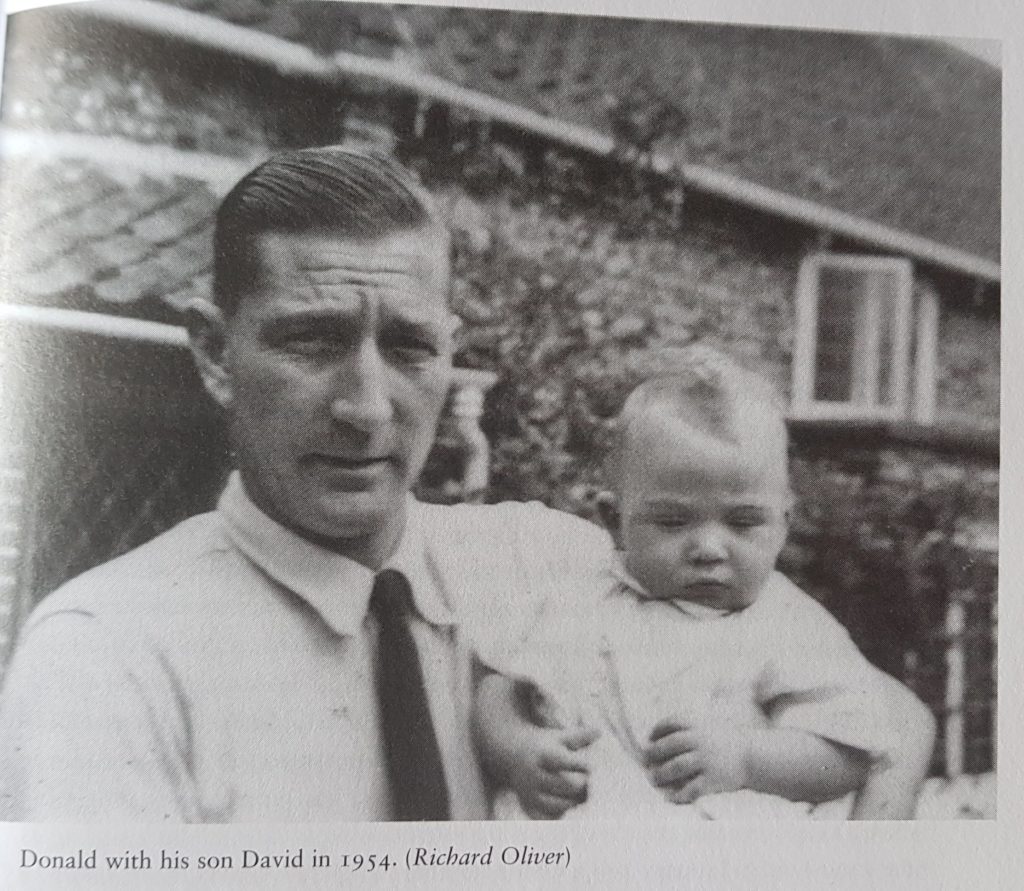
Legacy and gratitude
By the time I read Barnard’s fascinating service/escape story, the entire crew and the Fillerin family had passed away. My research led me to navigator Raymond Glensor’s daughter Tricia, a New Zealand writer who authored a book for teens entitled “Telling Lies” based on her father’s experiences as a downed airman/fugitive in France.
In something of a remarkable pilgrimage in 2008, Tricia went to visit Legion d’Honneur awardee Monique Fillerin and also visited the safe-house in Renty France wherein her father and Barnard found shelter from the Nazis years before.
In recent correspondence with Mrs Glensor we learn that during her visit to the safe-house a neighbor describes how German officers had been billeted in a house only a small distance down the same street.
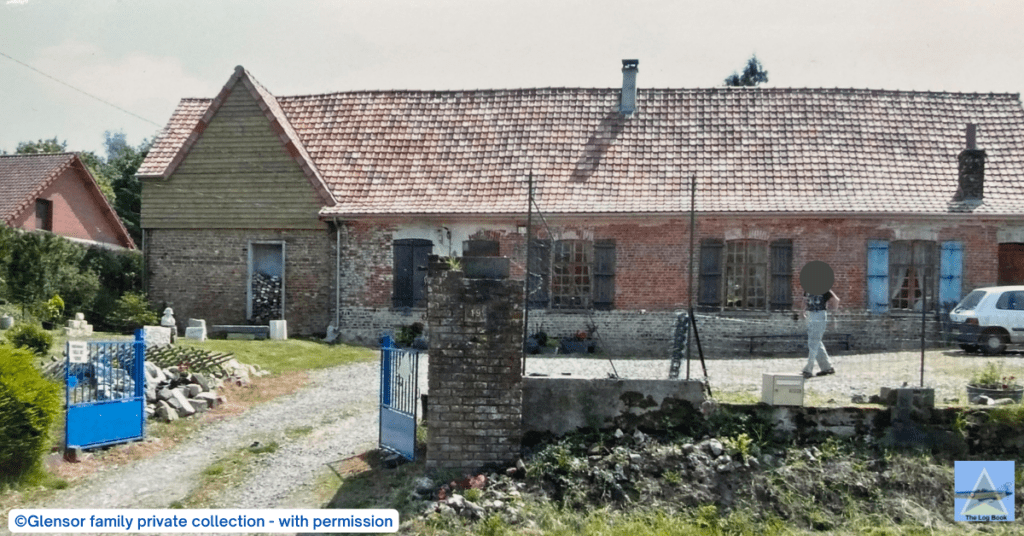
Tricia conveyed her deep gratitude to Monique for saving her father’s life and described Monique as an extremely pragmatic unassuming woman.
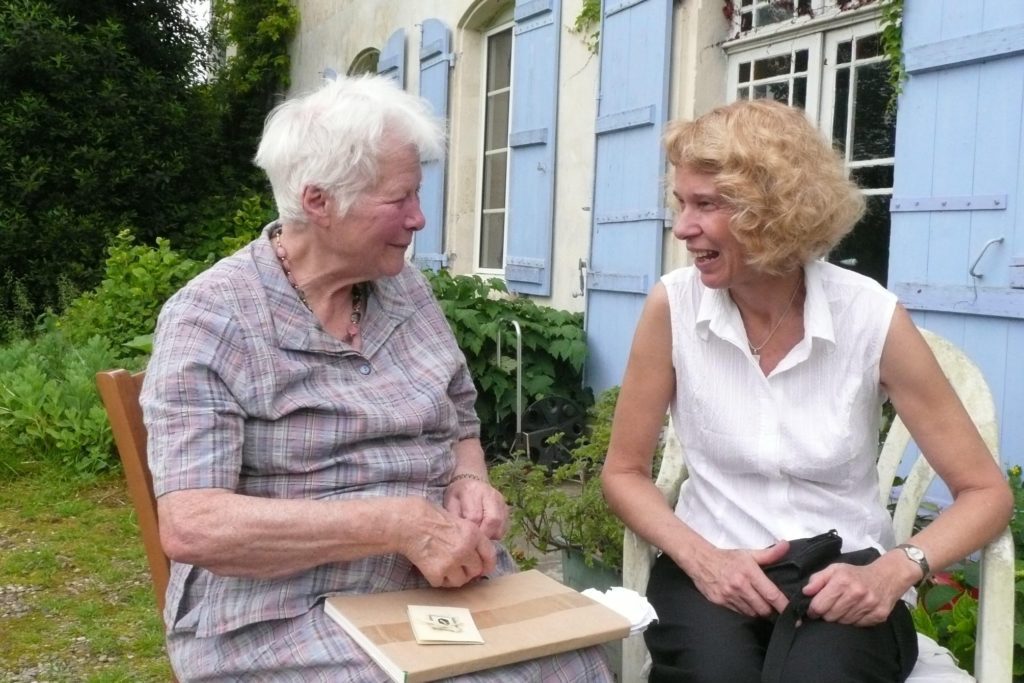
I am honored to have Tricia Glensor’s autograph in the Log Book. As Raymond Glensor’s daughter, her novel “Telling Lies” along with her encounter with Monique Fillerin in France, uniquely qualify her to also represent the selfless service of the Fillerin family and by extension, all those who provided assistance to the escapees through France and Spain. Within her one signature therefore resides the entire legacy of this fascinating story.
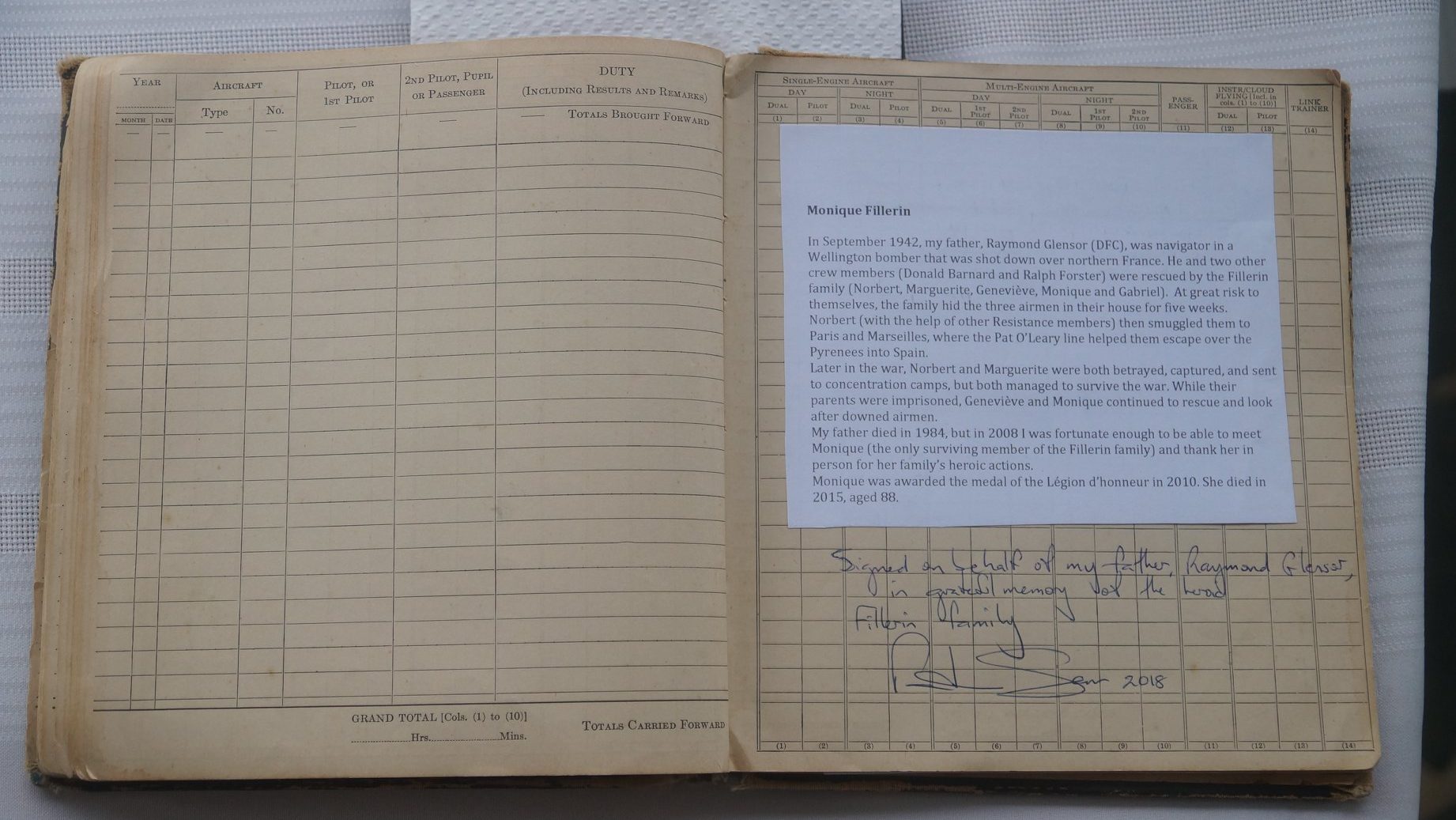
The crew of Barnard, Glensor, Buckell, Forster and James as well as the Fillerin family, are remembered for their incredible sacrifice and stoic service. Donald Barnard, from the humble district of Choiseul in St. Lucia, leaves a phenomenal legacy of skilled piloting and selfless service. He is a true St. Lucian hero who remains completely anonymous locally. Thankfully his story has been captured in a fascinating book by Colin Pateman and Oliver Brock called Unwanted Hero. I am indebted to Mr. Gregor Williams for giving me his copy and bringing this story to my attention.
Update: In the mail 24 March, 2022
It was with great satisfaction we received a parcel from New Zealand in good condition on 24 March, 2022. Inside was a signed copy of the book “Telling Lies” written by Mrs Tricia Glensor. In recent correspondence with Mrs Glensor our question if she would consider to sign a copy for us was happily granted. As a testament to the true generosity of Mrs Glensor she wished to donate a signed copy of the book – thank you Tricia!
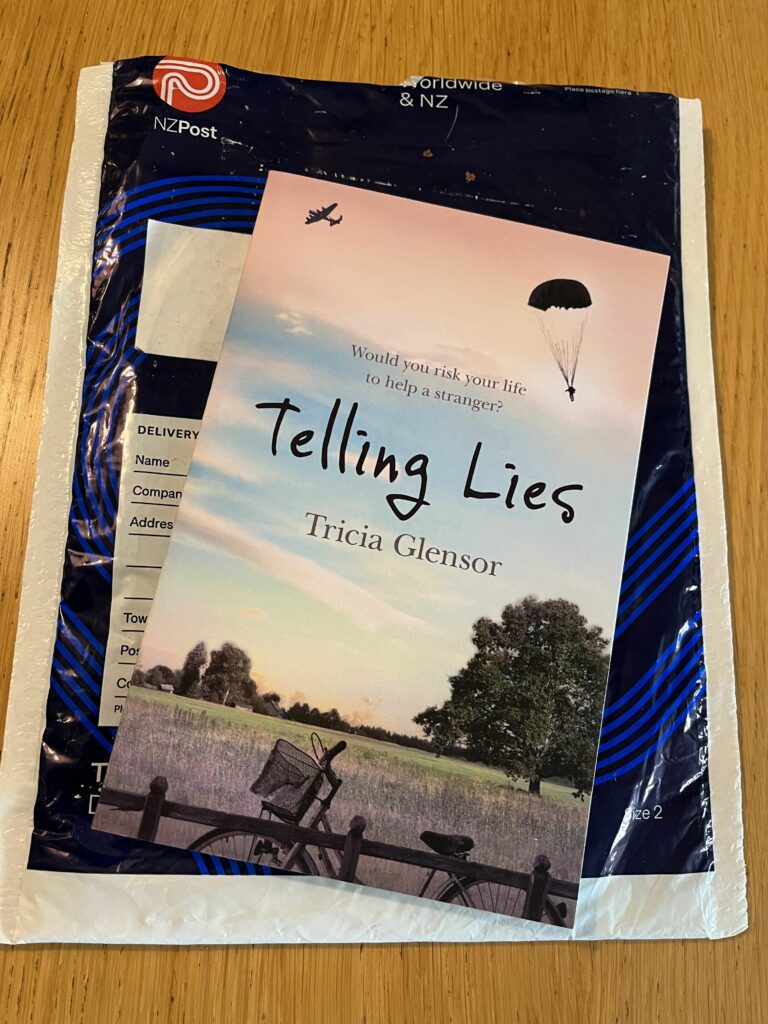
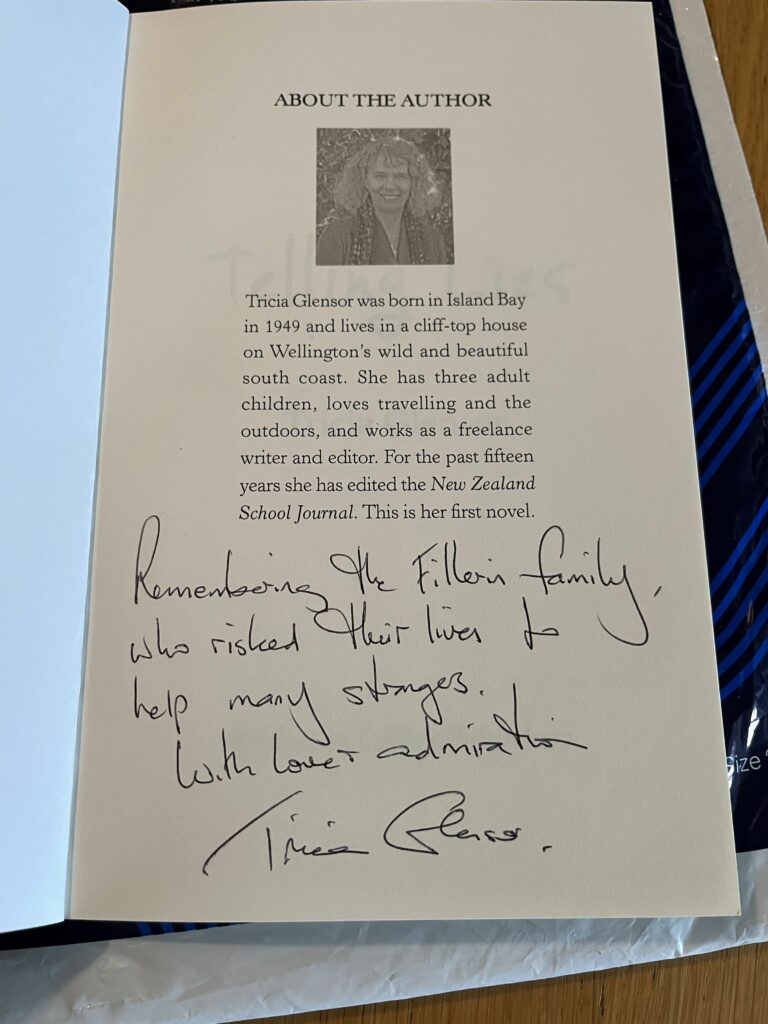
References


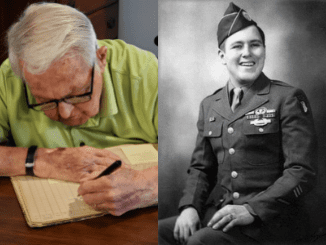
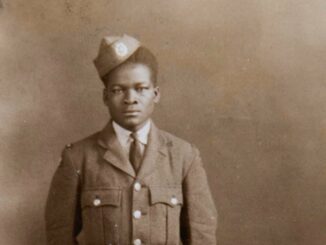
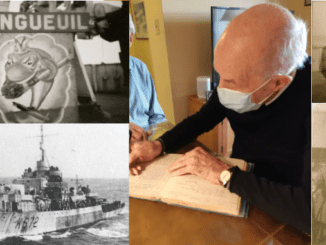
I would like to contact Tricia Glensor with a view to adding some of the photographs and text for a page on our website. I would of course place appropriate credits and a link to your website.
Hello Kelvin,
Thank you for reaching out to us – we will contact you on the e-mail you provided shortly.
Best regards
Lars